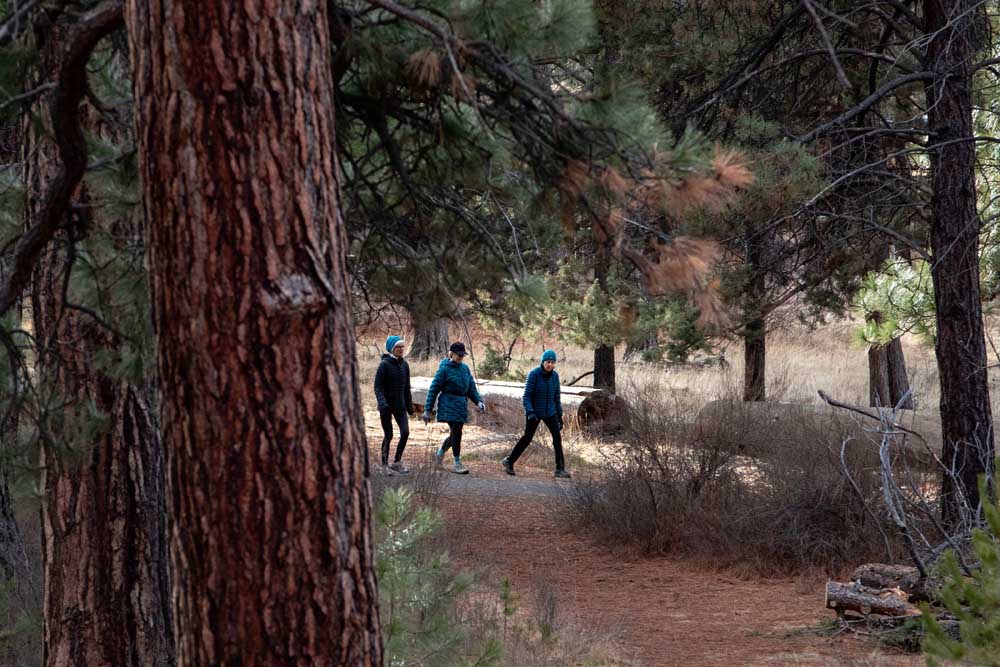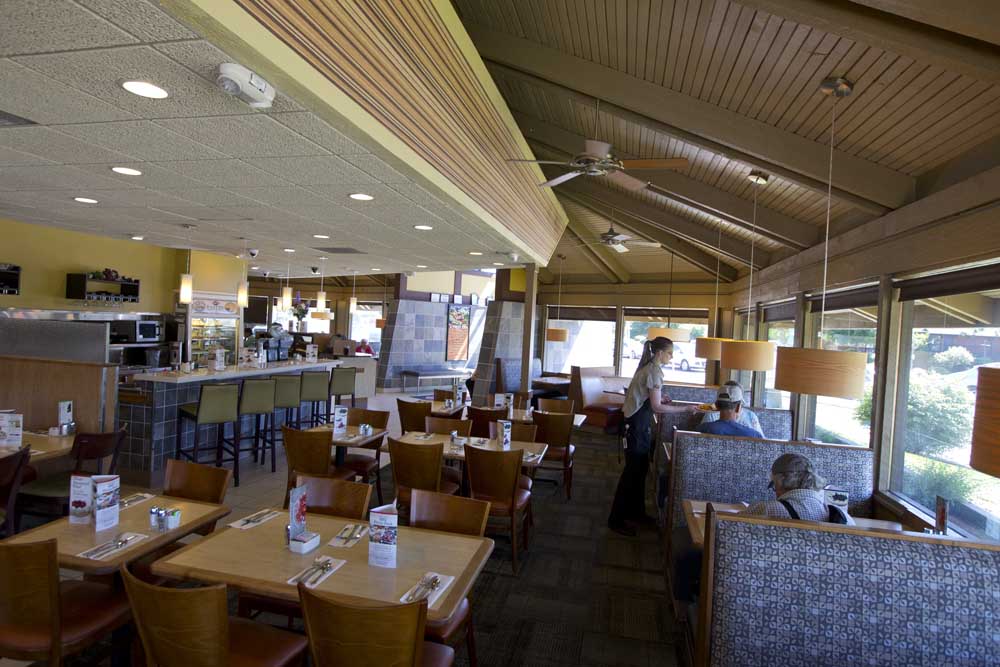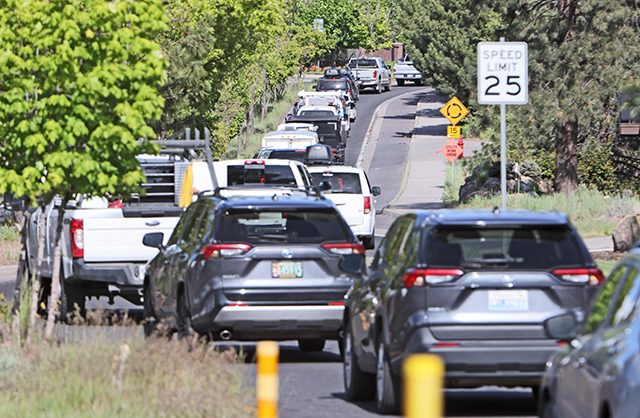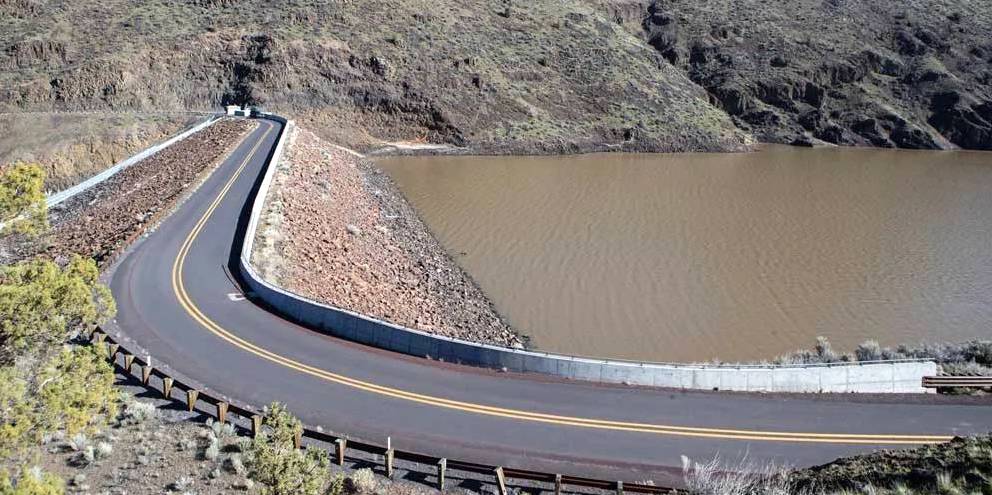Bend loves its parks, and the park district has the data to prove it
Published 5:45 am Friday, January 5, 2024

- People walk this month along a trail through Shevlin Park.
Every five years, the Bend Park & Recreation District releases its Community Needs Survey. And if there’s one thing to take away from this year’s data, it’s that the people of Bend love their park district.
In fact, the data presented by RRC and Associates — which the park district contracted to conduct the survey — showed that only a “negligible 1%” of respondents had not used a park district facility. The survey also found that more than 50% of respondents used a park district facility multiple times a week.
“The parks are very clean, they’re accessible and they’re beautiful,” said Jane MacMurray, 63, as she walked her standard poodle through Drake Park. She uses park facilities every day. “Get out and enjoy them,” she said.
The survey looked at two groups. The first group consisted of 900 households who responded to 5,000 surveys sent to a random selection of residential addresses. This group is considered the most statistically valid.
Don Horton, Bend Park & Recreation District head for 21 years, to retire in 2024
The second group’s data comes from 1,854 people who responded to an open survey promoted by the park district.
In total, the district received 2,754 responses.
“There are communities that struggle to get 300 (respondents) with the same type of mailing, but you all have a really passionate community when it comes to parks and recreation,” said Jake Jorgenson, from RRC and Associates, when he told the park district board about the survey results.
Trails are the most popular recreational amenity used by Bend residents, with more than 90% of people surveyed using trails in the past year. Of the trails available in the park district, residents most enjoy natural area parks like Shevlin Park and riverfront parks with river access points like Drake Park.
Most respondents said they would be willing to pay between $50 to $110 more annually to support park district initiatives. Those in the open group of survey respondents supported additional bond measures even more heavily, with 37% of respondents stating they would pay between $95 to $110 per year.
“I think one of the things with bonds, a lot of times, until you are able to define what the specifics of what a bond can go towards and communicate that to the public, it can be hard for some people to make their minds up,” Jorgenson said. “But in general there is a willingness to fund more things.”
The Bend Park & Recreation District is a taxing district separate from the city of Bend.
While more than half of respondents said the current trails and large community parks meet 100% of their needs, many indicated they are interested in developing more. When asked to rank future priorities, respondents most commonly supported preserving natural areas along the Deschutes River and developing parks and trails in underserved areas.
Fewer respondents said they wanted additional indoor facilities, but those who did respond “felt strongly” that their needs were being unmet.
Notably, about 70% of survey respondents would support construction of a park district footbridge across the Deschutes River. In the past, there has been vocal opposition to a new pedestrian bridge. Residents most supportive of a footbridge live in the southwest area of Bend, with over 55% of residents surveyed in that area “very supportive” of that project. Residents on the north side of Bend were the least supportive.
“I would characterize that support as very, very strong,” said board Chair Nathan Hovekamp.






